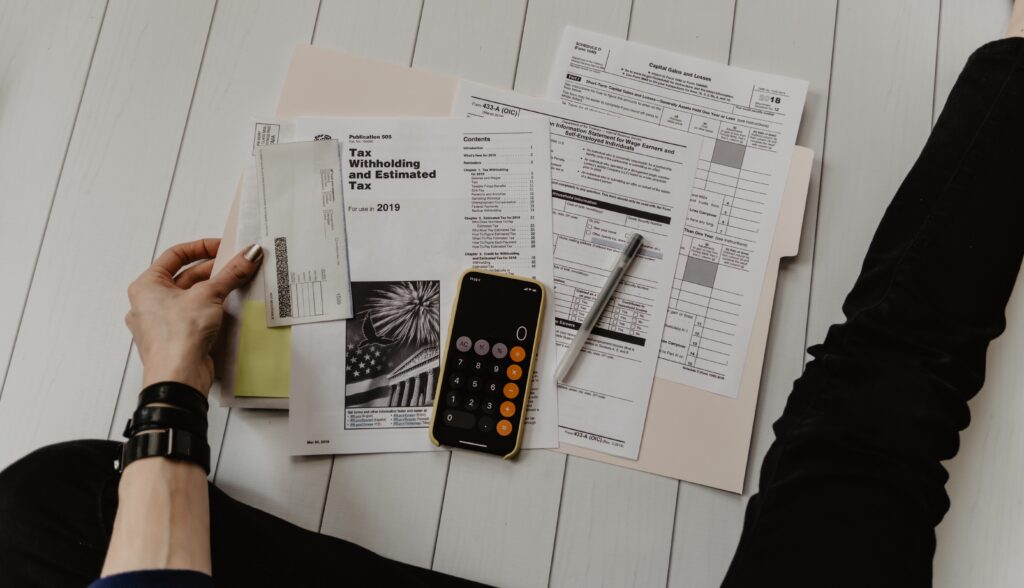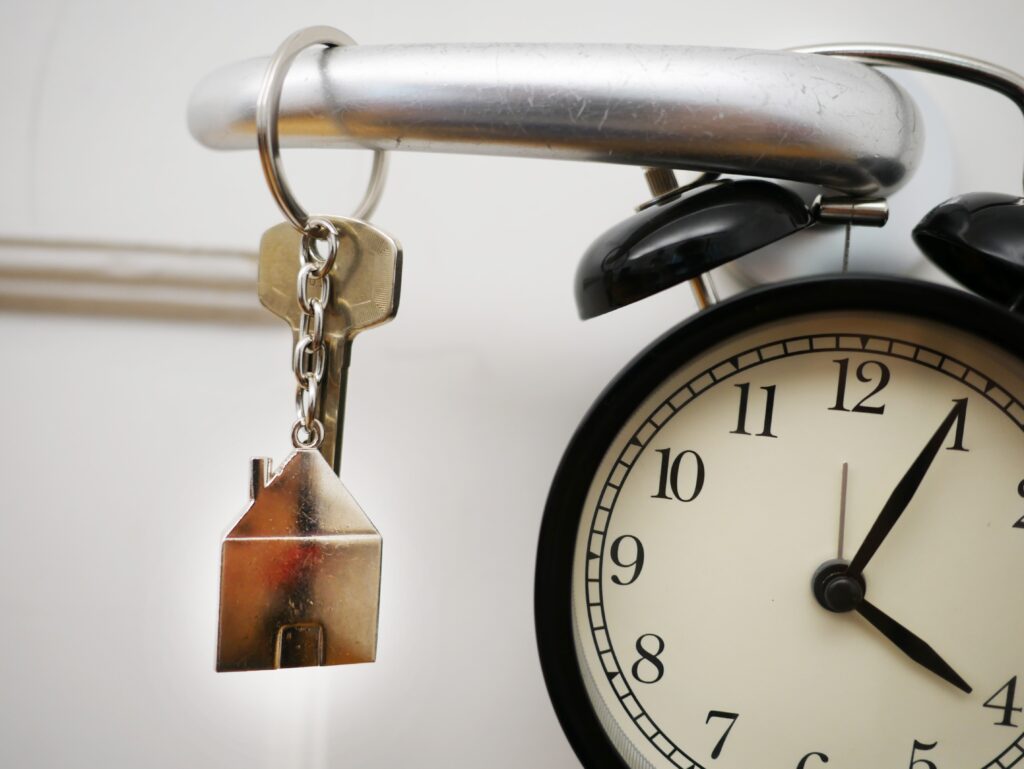So, you want to own a home – let’s make that happen! Once you have made your decision to that you would like to begin your real estate journey, that’s when we need to start making the necessary steps to make that dream a reality. How to save for a down payment is up to you, but we have some tips to help you get to your goal – which can also be used if you are renting. There’s always some knowledge we would like to share about the things you will run into on your way to becoming a homeowner. Buying a home in Canada can be tricky since prices have risen quite a bit, but we know you can do it!
What Is the Minimum Down Payment?
If you want to purchase any home, a down payment is required. This money is applied directly to the purchase of your home. On closing day, your lender deducts your down payment from the purchase price and provides you with the home price remainder plus interest in the form of a mortgage. The amount of money you need for a down payment varies per home, but typically it is an expected range of 5-20% of the purchase price. If you can afford more than that percentage, it will ultimately lower your mortgage as the remainder of the purchase price will be less. Here’s the breakdown of minimum down payment requirements:
- For homes that cost up to $500,000, the minimum down payment is 5%
- For homes that cost more than $500,000 and less than $1 million, the minimum down payment is 5% of the first $500,000 plus 10% of the remaining balance
- For homes that cost $1 million or more, the minimum down payment is 20%
See the table below to have a better understanding of how this works:
Home price | $475,000 | $760,000 | $1,800,000 |
First $500,000 x 5% | $23,750 | $25,000 | N/A |
More than $500,000 and less than | N/A | $26,000 | N/A |
More than $1,000,000 x 20% | N/A | N/A | $300,000 |
Total down payment | $23,750 | $51,000 | $360,000 |
You should also know that many people will try to come up with a down payment of at least 20% to avoid having additional mortgage loan insurance. What you decide to do is completely up to you; have a browse of the home prices in your area and determine within your finances what would be possible. Check out our previous blog post for everything you need to know about mortgages. The more you save, the better your options will be when you start shopping.
Ways to Save For a Down Payment
We won’t lie to you, saving for a down payment or any large purchase will take a long time and can be stressful at times. Let’s say that you can only save $800 a month and your down payment goal is $32,000; this will take you nearly two years to reach your savings goal. Luckily for you though, we are going to share our strategies that can give your monthly savings amount a little boost.
Tips to Save For a Down Payment
Sit down with your finances and make a budget to follow
Take a good look at your finances to understand how much money you have coming in, when your bills need to be paid, and what you have been spending money on. Having a good understanding of your money is a first step to healthy finances – it gives you the power to tell your money where to go instead of wondering where it went. Let’s make your budget:
- Write down your monthly income.
- List your monthly expenses – bills, necessities, etc.
- List your monthly savings goal.
- Subtract your expenses and savings from your income.
- Track your spending all month long.
- If you need to, adjust when the month ends to ensure you can stick to the budget.
We suggest setting monthly savings goals and tracking your success, it’s like an extra pat on the back when you meet/surpass your goals. We’ve also tried budget books/planners that we found worked well to try it all down – here is the one we bought. All of this only works if you are honest and realistic about your spending, don’t cut your budget short if you know you are going to overspend that amount.

Pay off outstanding debts
If you have debt or multiple debts, it can be challenging to try to save while paying them off. The faster you pay off these debts, the less you are spending paying interest. The method we found most effective was to start with paying off your smallest amount owing high interest debt, then take the minimum payment from that debt to use it to help you pay off the next smallest amount owing with high interest; so on and so forth until you are debt free. This will snowball helping you make larger payments against the next debt.
Pro Tip: Once your debt gone, we suggest making an emergency fund of 3-6 months of living expenses just in case.
Find a savings account that works for you
Unfortunately, savings account rates are not what they used to be. But we will say that any interest earning on your money is still good to have in your pocket at the end of the day. So, shop your current banking institution, and other financial institutions to find the best product that works for you. Many choose to keep their savings in TFSA’s or RRSP’s. You are able to put your money in a regular savings account that earns interest as well. Again, once you open these accounts set-up automatic transfers, so your money goes where it needs to be.
We do not suggest investing your money as, one, it can be a huge risk and you could lose it all, and two, you will likely need to pull this money out in a somewhat fast manner and not all investments are easily pulled from.
A bit of our secret sauce – set up automatic transfers to whichever account that you choose so that the money goes straight to that account on payday. This you ensure your savings stay on track and you will get used to not seeing it as spending money.
Cut your expenses
We’re all guilty of overspending at times, that’s okay we’re human. Now that you are looking to save for your home, we need to tighten it up though. Any expenses that are extras that you indulge in try to reduce them, i.e. entertainment, dining/take-out, travel, shopping, etc. Some even go the extra step to get rid of a vehicle (if possible) – did you know that with car payments, gas, insurance, and maintenance, having a vehicle can cost an average of $9,000 a year? We’re not saying completely change your lifestyle. Sometimes it just takes finding cheaper ways of doing what you enjoy while you are saving, like:
- Eating out less and buying generic-brand groceries.
- Replacing vacations with staycations.
- Shopping for used or reusable products.
- Cutting back on the number of subscriptions you have.
- Trading a gym membership with free at-home workout videos on the internet.
- Borrowing books from the library instead of buying them.
- Try sticking to clothes in your closet and only buying items that coordinate with what you have.
- Look for free community events for something to do.
Find an income booster
The term “side hustle” has become a large trend in our society today, but when you’re saving this could amplify your savings by volumes. We’re not saying find another full-time job so that you have no time at all. Look for something simple that you won’t hate doing after your day job. Here’s a few examples:
- Driving for Uber or Lyft
- Babysitting
- Clean houses or offices
- Express your creativity and sell your stuff online
- Tutoring
- Freelance work within your field
- Shovel driveways/mowing lawns
Put away any unexpected money
Unexpected money could be a raise, a bonus, tips, gifts, etc. Any money that finds its way to you that is not in your regular budget. Don’t look at this money as a reason to spend outside of your budget, put it into your savings account right away. Trust us, it might just be a little here and there but it will add up over time!
Saving While Renting
If you are renting follow the above, and here are a few more helpful tips:
Get a roommate – although we all love having a space to ourselves, having a roommate is a great way to save some money. Let’s say your rent is $1,650 a month with utilities, by having a roommate you cut your expenses in half. You are freeing $825 a month, or $9,900 a year, to go towards your down payment savings.
Move to a cheaper apartment – consider sacrificing your apartment that’s a higher rent for an area where rent is lower. This could add thousands of dollars to your down payment savings in just one year. It’s a temporary loss while you save for your dream home.
Pro tip: Never rent a place that costs you more than 25% of your monthly take-home pay. Just like when you buy a home, your home expenses should not be more than 25% of your income. Try out this affordability calculator.

Put these tips into action and start working towards your down payment savings goal. Remember the amount of your down payment influences the property you can afford, the type of mortgage you get, and whether or not you need to purchase mortgage default insurance. Work with a mortgage expert you can trust and find a hard-working real estate agent. Check out our blog for everything you need to know before becoming a homeowner.
When saving feels a little overwhelming or you feel stuck with your own saving progress, think about speaking with a professional financial advisor to work with you to reach your saving goals. Trying to buy a home when prices keep going up can be frustrating. But with the right plan, we know that you can do it! Feel free to reach out to us at any time for us to answer any of your questions or get you in contact with our trusted network of professionals!